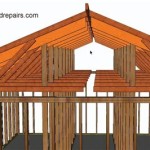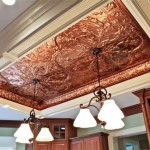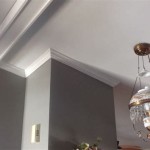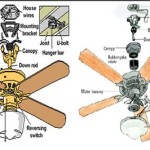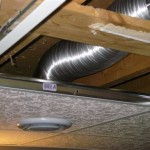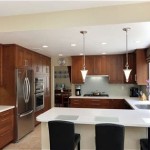Essential Aspects of Wall Ceiling Registers With Movable Louvers In Revit Family
Wall ceiling registers with movable louvers are a critical component of any HVAC system. They allow for the controlled distribution of air throughout a space and can be used to direct airflow in specific directions. In Revit, these registers are represented as families, which are parametric objects that can be easily inserted into a building model. When creating a wall ceiling register with movable louvers in Revit, there are several essential aspects to consider:
1. Size and Shape: The size and shape of the register will depend on the specific requirements of the space. Consider the airflow volume and pressure, as well as the desired throw pattern. Revit allows for the creation of rectangular, square, and round registers, and the size can be easily adjusted to fit the opening.
2. Louver Type: Movable louvers can be configured in various ways, including horizontal, vertical, or a combination of both. The type of louver will affect the airflow pattern and the ability to direct airflow. Revit provides options for creating louvers with different blade profiles and spacing.
3. Frame and Finish: The frame of the register provides support and can be made from various materials, such as steel, aluminum, or plastic. The finish of the register should complement the surrounding decor and can be painted or powder-coated to match the desired aesthetic.
4. Damper: A damper is a movable blade that can be used to control the airflow through the register. Dampers can be manually operated or automated, and Revit allows for the creation of registers with integrated dampers.
5. Performance Data: Revit enables the inclusion of performance data within the register family. This data can include airflow rates, pressure drop, and throw patterns. Accurate performance data is essential for ensuring the proper operation of the HVAC system.
6. Visibility and Graphics: The visibility and graphics of the register family can be customized to suit the specific needs of the project. Revit allows for the creation of custom symbols and the assignment of materials and textures.
7. Flexibility: Revit families are highly flexible and can be easily modified to accommodate changes in design or specifications. This flexibility allows for quick and efficient updates to the HVAC system.
By considering these essential aspects when creating wall ceiling registers with movable louvers in Revit, engineers and designers can ensure that the HVAC system meets the specific requirements of the space. Revit's powerful tools and customizable features provide the flexibility to create accurate and detailed models that optimize airflow distribution and enhance occupant comfort.
Bim Objects Free Steel Return Grille 45 Louvered Face Surface Mount Model Srh 1 Bimobject

Metric Multibay Louvre Window With Adjustable Fixed Glass Panel In Revit Free 392 00 Kb Library

Custom Louver Family In Revit

Parametrc Louver Family In Revit Tutorial
Bim Objects Free Revit Hvac Ductwork Bimobject

A Parametric Curtain Panel Louver In Revit Free 336 00 Kb Library
Bim Objects Free Revit Hvac Ductwork Bimobject

Metric Multibay Louvre Window With Adjustable Fixed Glass Panel In Revit Free 392 00 Kb Library

Curtain Panel Louvers In Revit Tutorial

Gable Louvered Vent For Revit Modlar Com
Related Posts


